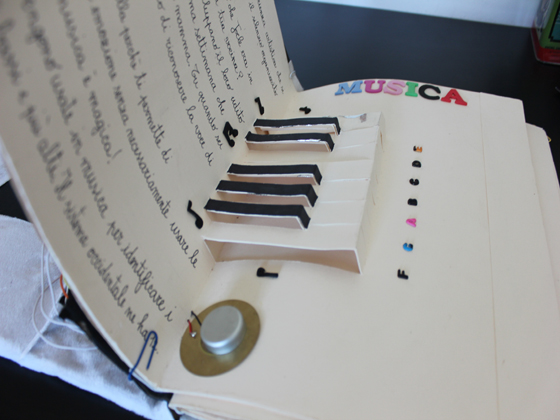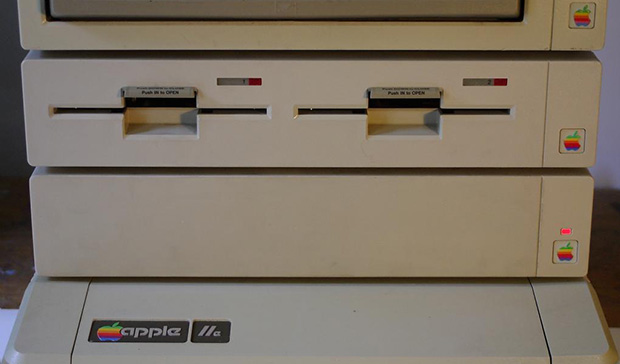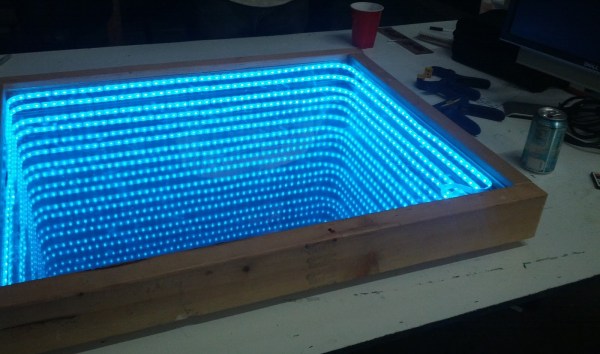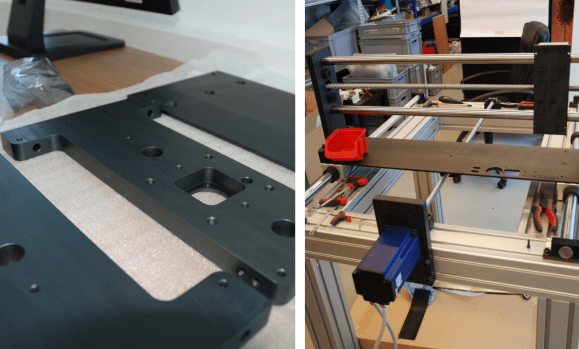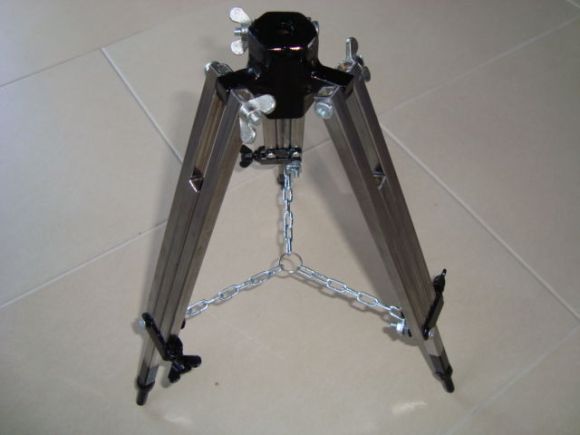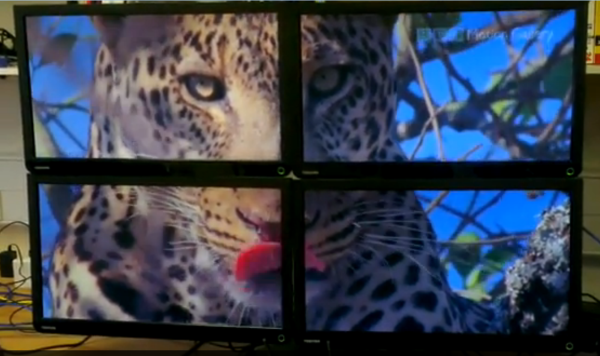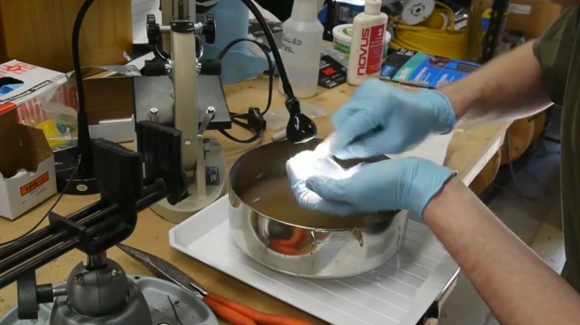
[Ben Krasnow] milled some lenses out of cast acrylic and needed a way to get an optical finish on the tool-marked surface. He tested several acrylic finishing methods to achieve a crystal clear finish. The tests were done using flat chunks. A regiment of sandpaper, from coarse to fine, was used as the first stage of the operation. From there [Ben] sought out the best finishing step, starting with hand polishing tests, flame polishing, and methylene chloride vapor polishing (which is something along the lines of acetone vapor polishing for 3D printed ABS parts).
Flame polishing and vapor polishing are not really exact sciences… at least in the tests he performed. It was difficult to know exactly how long to expose the acrylic. Too short or too long resulted in poor clarity. Watch his video to get a look at all results. We’d say the the easiest way to make milled acrylic clear without achieving an optical finish is to flame polish it as it doesn’t really require that you sand it ahead of time. But [Ben’s] tests prove that you can’t beat hand polishing with 600 then 2000 grit sandpaper before finishing up with a liquid plastic polish.

